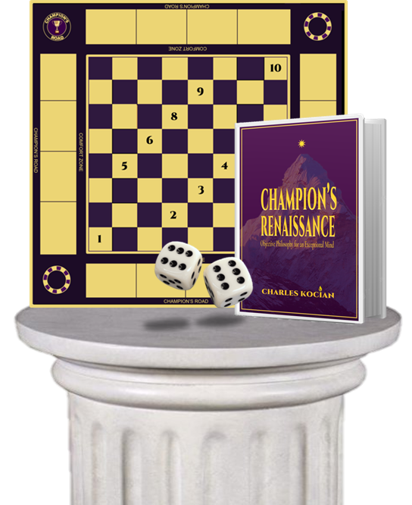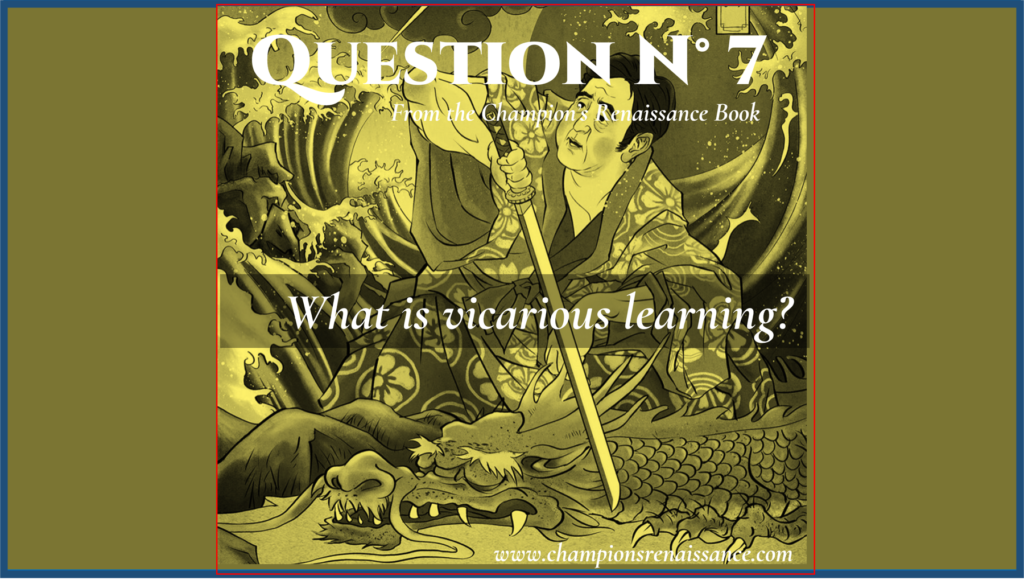
(Answer at the end).
THREE ASSASINATIONS
By Charles Kocian
The first assassination was last week. Former Prime Minister Shinzo Abe, 67, was assassinated on a street in Japan by Tetsuya Yamagami, 41, a former member of Japan’s navy using a homemade gun. He calmly admitted to kill him because he believed Shinzo Abe’s connection to an organization that police did not identify.
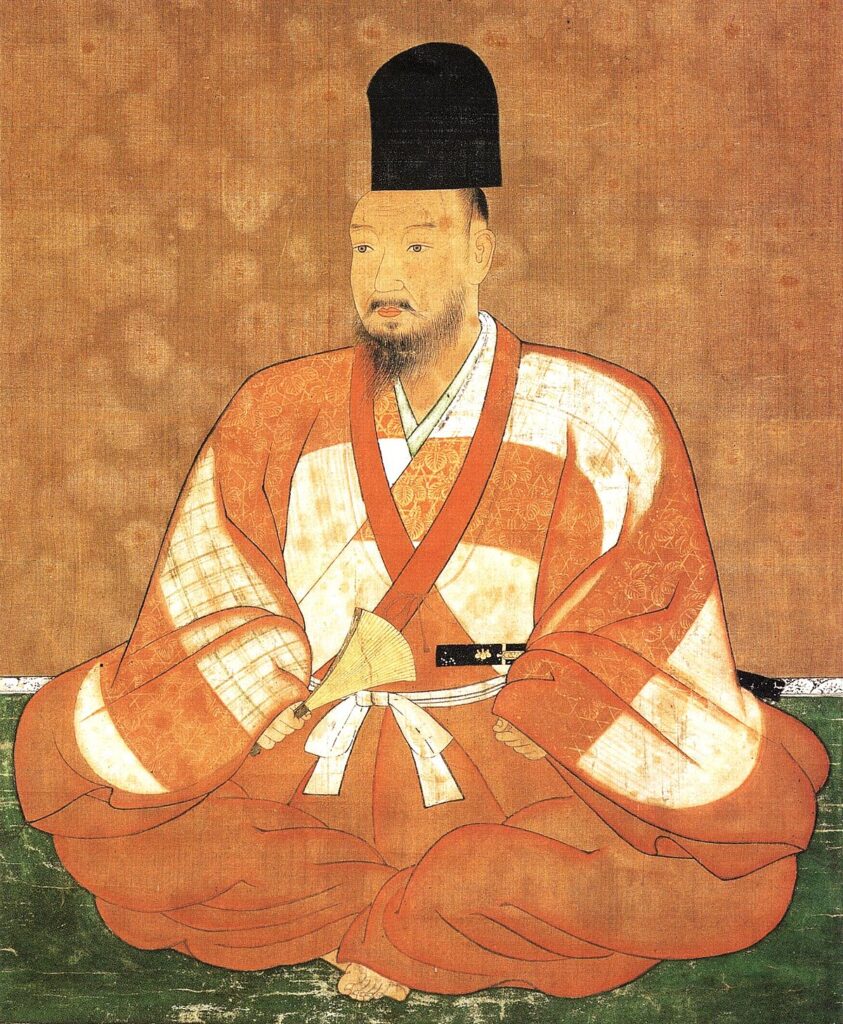
Ashikaga Yoshiteru.
In 1565, Ashikaga Yoshiteru, the 13th Shogun of Japan, was also assassinated. It was done by Matsunaga Hisahide three years later a Portuguese ship landed in Japan. The Japanese copied the muskets they have and warfare in Japan was forever changed.
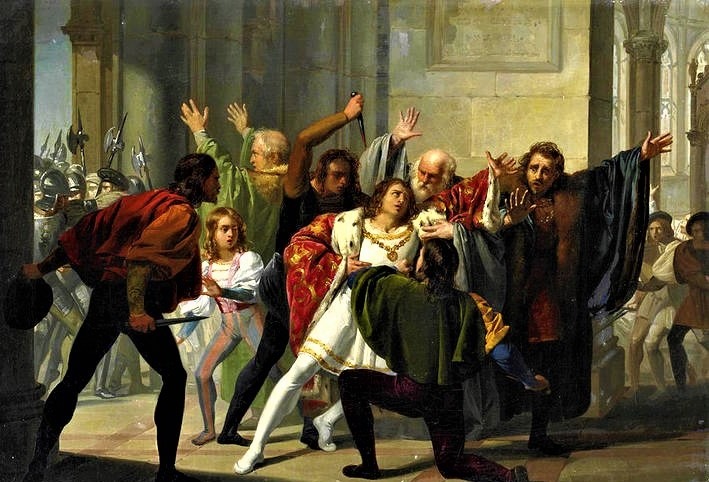
Painting of the Pazzi Conspiracy by Stefano Ussi (Image source: Britanica).
In the Italian Renaissance, on Sunday, 26 April 1478, during High Mass at the Duomo, before a crowd of 10,000 people, the assassins struck at Lorenzo de’ Medici and his brother Giuliano de’ Medici. Giuliano was stabbed 19 times and bled to death on the cathedral floor, but his brother Lorenzo, the biggest patron of the Renaissance, survived.
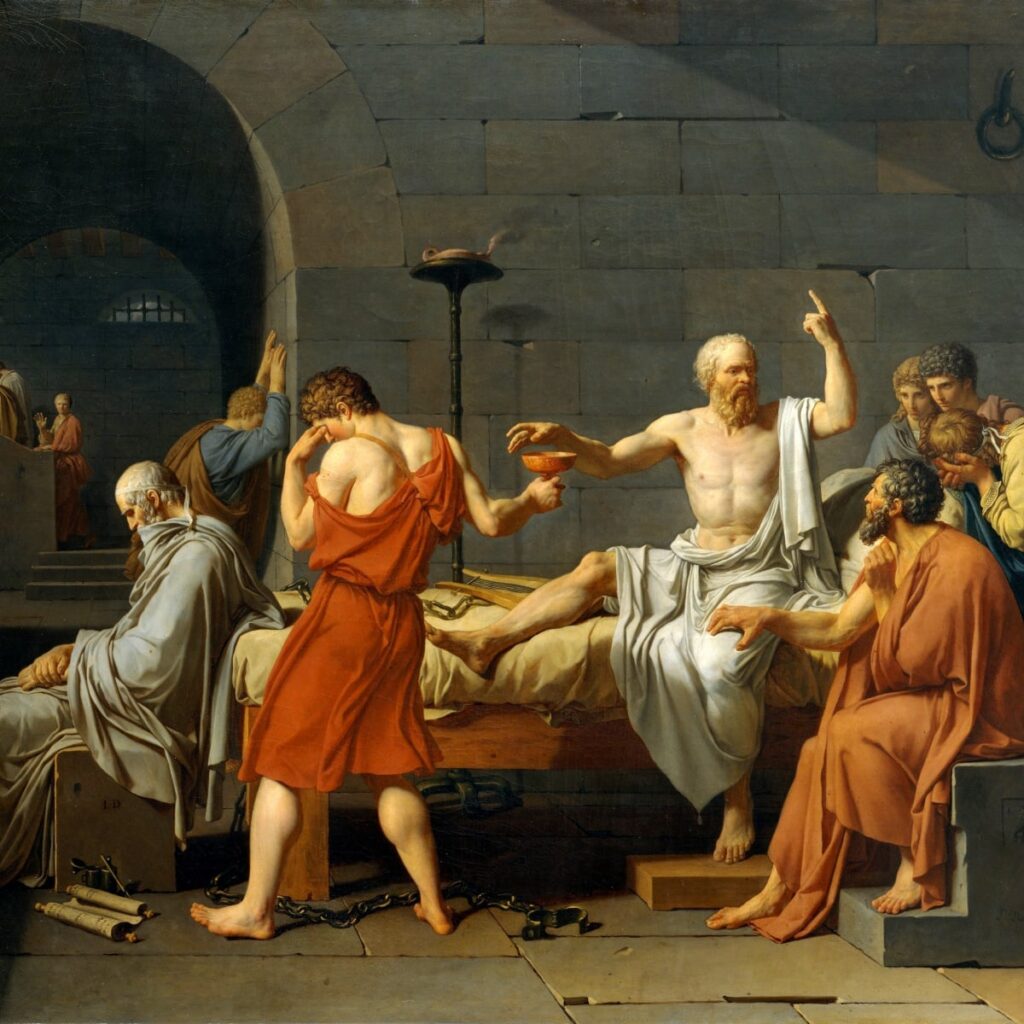
The death of Socrates by Jacques-Louis David.
The third quasi assassination was the death of Socrates. He was found guilty of corrupting the youth of Athens and sentenced to death, and to carry out his own execution by consuming a deadly potion. Politicians and historians have often used it as an example to show how democracy can be corrupted. Having the opportunity, he did not to flee spending his final days with his disciples before drinking the poisonous hemlock.
What is in common with these three assassinations and question N° 7?
Albert Bandura has the answer. He invented the Social Learning Theory. It shows how people learn through observing and imitating others. Is that true? Bandura did the Bobo Doll experiment to find it out.
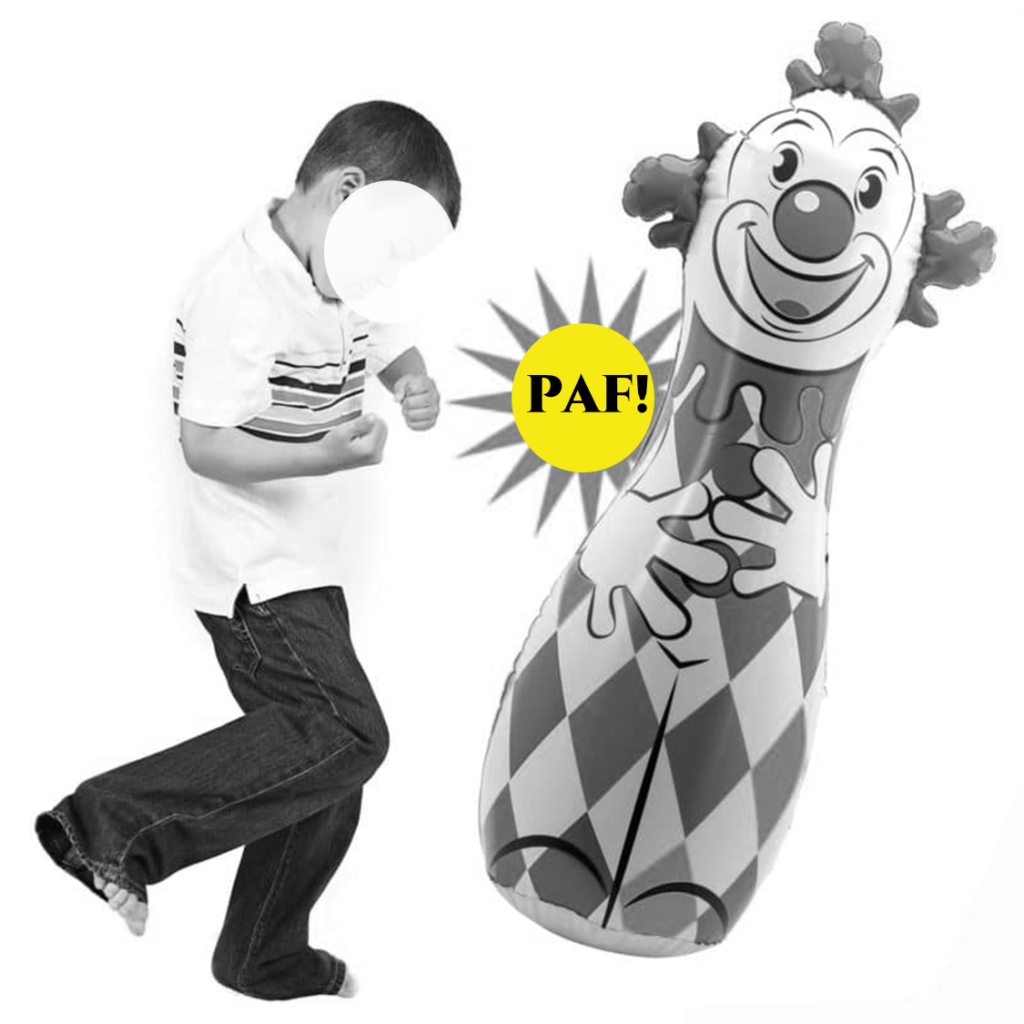
The Bobo Doll experiment consisted in a team of scientists who physically and verbally abused an inflatable doll in front of preschool-age children. That led later for the children to mimic what the scientists did, that is, they attack the doll in the same way, without knowing why.
CONCLUSION
The conclusion is that in any age, ancient Greece, Florence’s Renaissance or today, especially today with the social media, many human beings are still behaving like little children imitating conducts from other people without knowing why.
Now answer to question 7.
QUESTION N° 7
What is vicarious learning?
a) Religious learning
b) Learning through imitation
The answer is: learning through imitation.
Leave your comments here.
